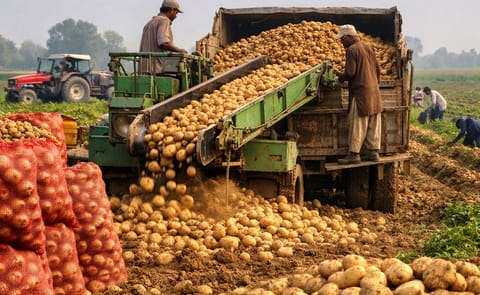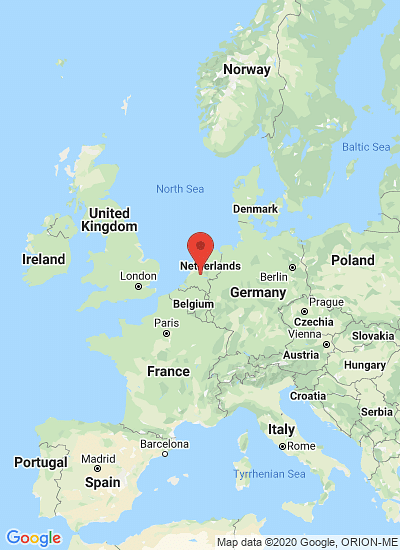Potato blight, false mildew, sudden oak death and a disease in salmon are all caused by a group of miniscule, yet destructive, organisms called Oomycetes.
Because of their changeability and huge numbers, they are able to overwhelm the defence mechanisms of both plants and animals. The use of chemicals is usually the only remedy but this is also undesirable.
Will future research offer a sustainable means of combatting these blights and preventing failed harvests? Francine Govers, a professor at Wageningen University, can see sporadic openings left by the pathogens and they provide a strategic starting point for combatting the infections.
There are between 1000 and 2000 species in the group of micro-organisms, the Oomycetes (‘egg moulds’). They are not fungi. In fact, fungi (including toadstools) are more closely related to man than to these one-celled egg moulds. However, the effect of the latter on crops and animals is disastrous as was demonstrated by the potato blight that entered Europe via Belgium in 1845, advancing very rapidly, and causing the Great Irish Famine.
Prof. Francine Govers listed the limited number of strategies available for keeping the pathogen, Phytophthora infestans ('the destroyer of plants ') under control. The approach also provides an opportunity for reducing the quantity of pesticides used per hectare in the Netherlands, the highest levels of which happen to be in potatoes.








